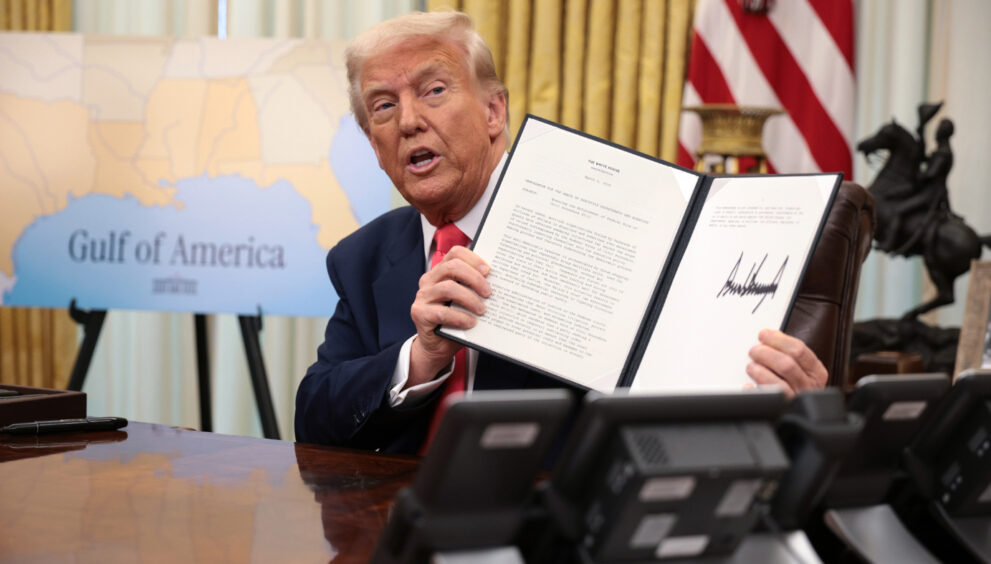The hidden costs of Trump’s unpredictable tariffs

The conventional assessments of the impact of tariffs on the importing country chiefly consider the negative effects on prices, production, and employment in affected markets for specific product tariffs. The aim is to compare these economic consequences with the alleged benefits of tariffs in safeguarding particular industries and workers.
What sets Trump’s tariffs apart is the nearly impossible task of predicting their economic implications due to the unknown tariff sizes, timings, and the countries to which they will apply. Trump has indicated that identical products might face different tariffs from various countries for diverse reasons, with the potential for tariff levels to change over time at his discretion. This ushers in the era of erratic tariffs.
While tariffs have been present since World War II, countries agreed in 1947 to negotiate tariff schedules with one another through consensus. These negotiations allowed countries such as the U.S. to bargain for higher tariffs on certain industries compared to lower ones pushed by other countries. This global trading system required ratification by all countries’ legislatures, establishing a framework based on non-discrimination.
One significant feature of this system was “tariff binding,” which ensured that all industries could carry out their trade strategies without the fear of arbitrary tariff increases that could obstruct market access. The system was designed to offer assurance to those involved in trade operations since international trade comes with substantial investments in production infrastructure, shipping, warehousing, foreign distribution, and certifications specific to foreign markets.
Trump’s ‘Tariff Man’ persona has introduced an erratic tariff policy that breeds unpredictability and chaos. Besides conventional tariff costs, his non-transparent tariff strategy raises expenses even without their implementation. An astounding number of U.S. import products from 200 trading partners encompass 13,000 products and 2.6 million tariff lines. Consequently, the principles of non-discrimination and tariff binding are sidelined, leaving foreign exporters perplexed about future tariffs and domestic industries unaware of potential retaliatory measures.
Moreover, Trump’s tendencies extend further as evidenced by the U.S.-Mexico-Canada trade agreement, which transitioned from zero reciprocal tariffs to imposing a 25 percent tariff on steel and aluminum, enforcing threats of further escalations. His reciprocal tariff scheme can be overridden at his whim, as he can impose tariffs based on various grievances that may have no correlation to trade.
Economists have examined the impact of trade policy uncertainty during Trump’s tenure, attributing a substantial decline in U.S. investment to tariff unpredictability. The cost of lost investment could surge significantly if new tariffs are extended to cover all imports from every country. Despite this uncertainty, Trump persists in his belief that foreigners bear the tariffs, describing them as “tax cuts” for Americans. This misconception, combined with unchecked policies by compliant Republicans, paves the way for Trump’s unfettered imposition of unilateral trade restrictions for the foreseeable future.






















































































































































































































































































































































































































































































































































































































































































































































































































































































































































































































































































































































































































































































































































































































































































































































































































































































































































































































































































































































































































































































































































































































































































































































































































































































































































































































































































































































